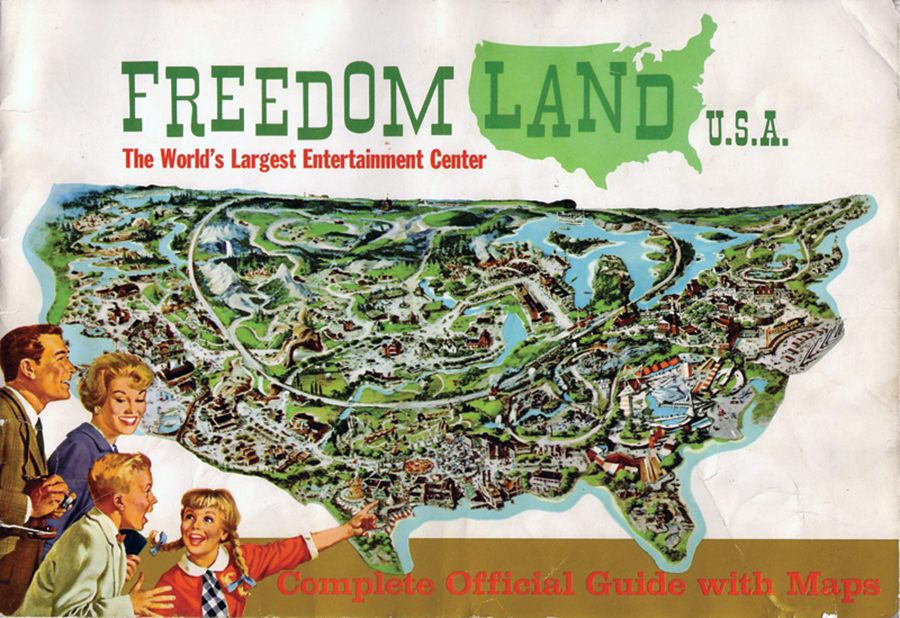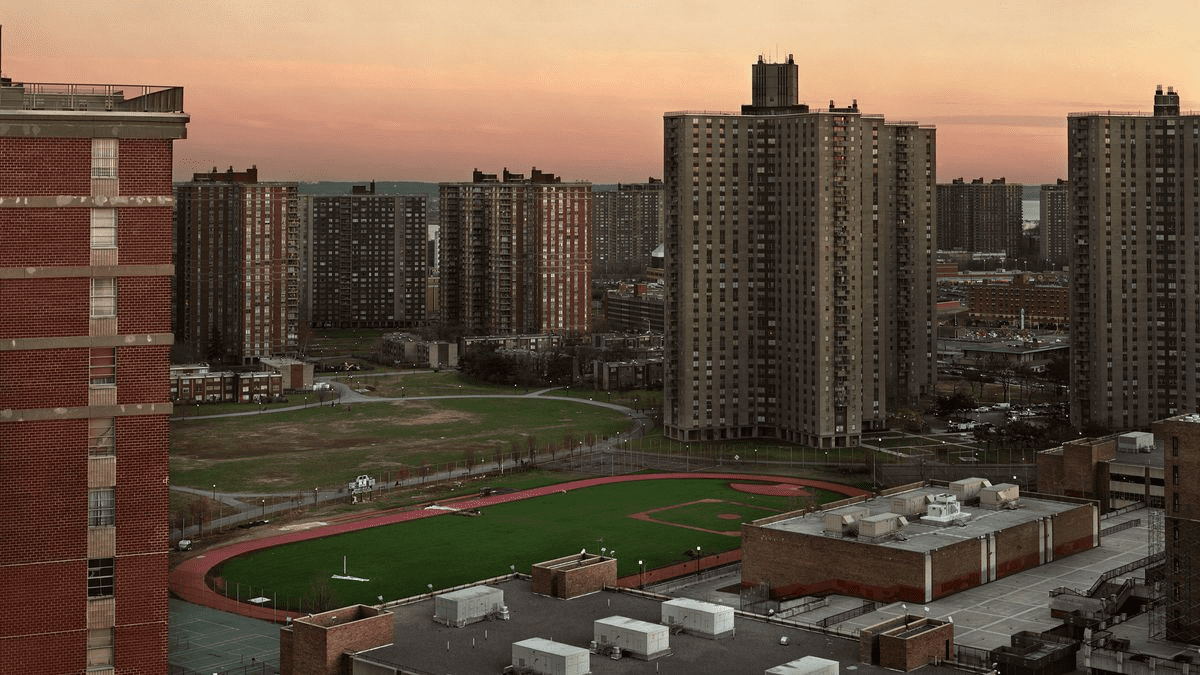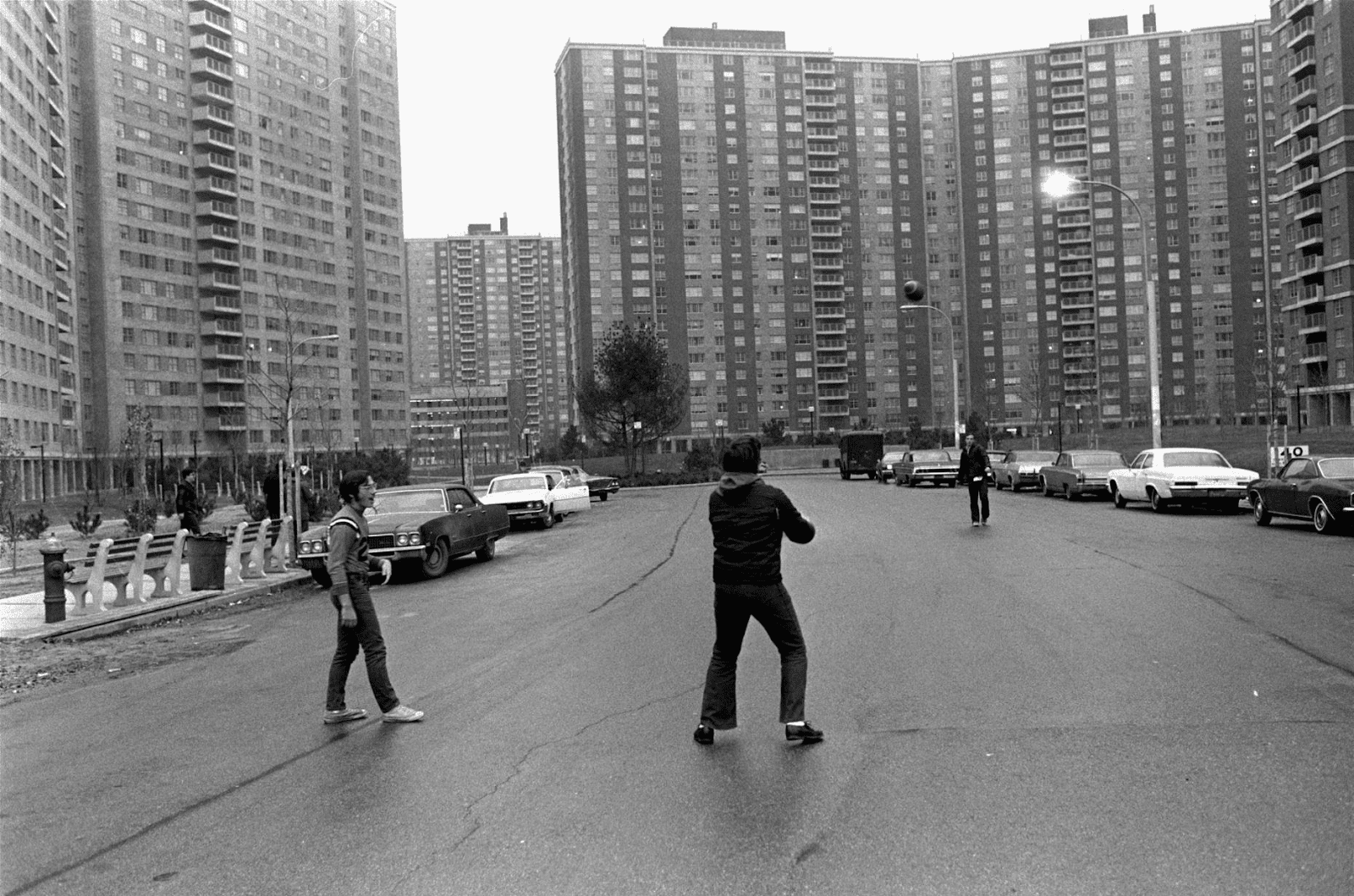Would you like to live in paradise or the future? Then you should visit or at least familiarize yourself with living in the Cooperative City, which is located in the Bronx. Here one can see and feel how fantastic movies become a reality. This is not an advertisement but just a fascinating story about the housing of our future. More about Co-op City is told by bronx-future.com.
History of the area
Nowadays Co-op City is one of the largest residential complexes in the country. Before, the land north of the Hutchinson River Parkway has been a recreation area, a marsh and a sand quarry. The latter was mined for the construction needs of the city.
In addition, this place was a big swamp and part of it still exists. Actually, it was an unusual combination of heaps of sand and a swamp. After the sand beneath the Co-op City area ran out, it began to be used as a garbage dump. It was convenient to throw garbage in the large pits and fill them up. No wonder local residents called this place a dump. However, it was not very pleasant to live here.
Still, this area was partly flat, with lakes, the estuary and the Hutchinson River. That’s why there were stations for renting canoes, boats and other places to relax on weekends. The Freedomland theme park worked here from 1960 to 1964. It closed in 1964 due to bankruptcy, so it was decided to build housing on this site. This is the brief history of the land before a new residential complex appeared here.

Start of construction
In February 1965, talks arose about building a housing complex here. However, who was going to do it? The answer was simple. The project was sponsored and actually built by United Housing Foundation with a mortgage loan from the New York State Housing Finance Agency (HFA). It was created by architect Herman J. Jessor. The original name was RiverBay and then it changed to Co-op City. In 1966, the Co-op City corporation was created, which directly received funds and invested them in construction. The land where the complex now stands was purchased for $16 million. Construction started in 1966.

Challenges and problems during the construction period
The builders encountered several problems during the construction of the complex. One of them was a swamp. However, instead of draining the swamp, they decided to use it. A special technology was developed that made it possible to fill the swamp with sand and gravel and then lay earth on top to create a strong foundation for buildings. The so-called process of earth’s formation was quite complicated and expensive. In total, more than 200 million tons of earth, sand and gravel were used to provide a strong foundation for the buildings. However, thanks to these works, it was possible to create new land for residential buildings, shops, schools and infrastructure necessary for everyday life.
You may wonder what happened to the trash. Considering the way the complex is now settling and cracks are appearing on the sidewalks (we will explain it further), it seemed that the garbage was buried under the houses. However, according to the information we have, the trash from the area where the Co-op City is now located was taken to other garbage dumps. This was necessary because the content of toxic substances in it could be harmful to human health. Only then the earth’s formation has started. Thus, garbage did not remain under the complex and its territory was completely cleaned before the start of construction.
The builders filled in the entire territory of the former Freedomland and also the nearby land. However, another problem arose. There were other houses next to the complex and, when the builders covered up the swamps, they raised the ground level higher than theirs. Due to this, they began to be flooded with water and sewage. The protests erupted. Still, the problem was solved at that time.

Completion of construction and first residents
The settlement of new residents began in December 1968. The whole construction process was completed in 1973. Thus, in 7 years, more than 50,000 piles were driven here and the largest residential complex in the USA was built. It included 35 high-rise buildings (from 24 to 33 floors) and 7 clusters of townhouses (detached apartments with gardens and duplex apartments) with 15,372 flats. It covered a gigantic area of 320 acres (1,295,424 square meters (assuming an acre as 4046.8564 square meters). Simply put, it was about 1.4 km by 1.4 km. If you think there were only houses, it was not the case. There were many green areas, garages, three high schools and three elementary schools, offices for doctors, lawyers and also churches (at least 16 for different denominations), 6 kindergartens, 4 basketball courts, a shopping center with a cinema, department stores, supermarkets and even a power plant. Thus, a city within a city was created. There was everything needed for a comfortable life, rest and work. It was possible not to leave the place and stay there all the time.

Co-op City at the beginning of the 21st century
Since Co-op City was built on the site of a garbage dump and a large swamp, over time it began to sink about 1 inch. That’s why thin webs of cracks form on sidewalks and entrances to buildings.
To improve the condition of the buildings, their reconstruction was carried out in the early 2000s. Its cost was $240 million. Pipes, garbage compactors, garages, roofs, facades and terraces were replaced and the power plant was modernized. Modern energy-saving and water-saving technologies have been introduced. One hundred and thirty thousand windows, four thousand doors, one hundred and seventy nine elevators were also replaced. Local residents call this period of reconstruction Renaissance. After it was finished, the Co-op City was given a new life. Nowadays there is more greenery, fewer emissions of harmful substances from the power plant and buildings retain heat better and use less energy.
In 2003, despite the reconstruction, 5 out of 8 garages were recognized as dangerous and were closed for major repairs. Part of the green areas was asphalted for cars. Residents also had the opportunity to park their cars in the special lots nearby shopping centers. In 2008, the garages were reopened and the restoration of green areas started.
In 2007, another modernization of the power plant began to allow it to use oil, gas, and steam for electricity production. Its cost was $90 million. Funds will be returned at the expense of paying for electricity. Since not all of it is used by the residents of the complex, part of it can be sold to the city.
Therefore, Co-op City is an interesting and extraordinary residential complex of the future. It is located in the northern part of the Bronx. It was built on the site of a garbage dump and swamp. Thus, it still needs periodic reconstruction and renewal. At the same time, the buildings of the complex serve as an example of how people were able to update the not very favorable areas for their interests.


